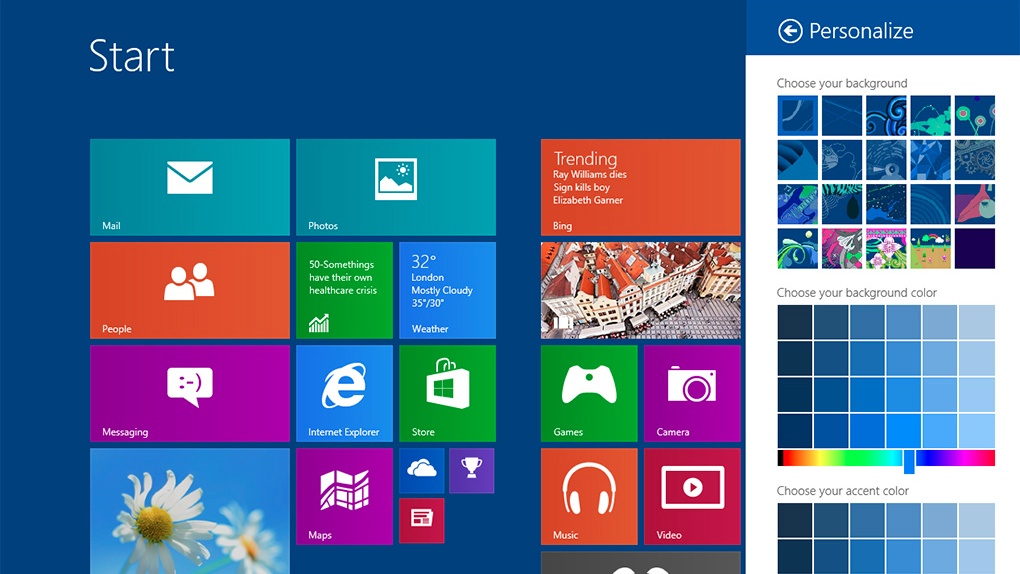Windows 8.1 scaling: why you shouldn't bother getting excited
Reports of the demise of Windows 8's DPI-scaling woes are greatly exaggerated

There are some things about Windows 8 for which it's unfairly maligned. I actually think, for instance, that Windows 8 has lots of promise as the only OS that offers true convergence between ultra-portability and power application and proper multi-tasking support.
But there are also a few things that I can't forgive it for. And the inability to scale DPIs is one of them. To wind back the clock for a moment, I can well remember when early details of Windows Vista were leaking out. One of the most exciting features was mooted DPI scaling complete with vector graphics.
Hallelujah. Not even Apple's OS X is truly scalable. Except it didn't happen. Not even in part. Vista was just as broken as all previous Windows OS's when it comes to DPI scaling. And they remain broken today.
OK, the Modern UI bit of Windows 8 scales for the most part. But even that isn't perfect and even if it was the trad desktop bit isn't and you can't avoid occasionally being kicked into that when using Windows 8.
It's utterly preposterous that's this is still the case. And it will only become more preposterous as super-high DPI screens, like that of the 3,200 by 1,800 pixel Samsung ATIV Ultrabook, appear.
DPI in the sky?
So is there any hope? Well, perhaps. Although the final version of Windows 8.1 will supposedly fix the DPI scaling problems. Hurrah. Except I'm not sure people properly understand what's entailed in DPI scaling.
I see nothing that indicates Microsoft has fixed the massively kludgey DPI scaling technology it currently uses. The changes involve increasing the maximum scaling from 180 per cent to 225 per cent and the ability to have different scaling on multi-monitor set ups. Oh, and have the scaling auto-detect and apply suitable settings. TechRadar's own experimentation with the Windows 8.1 Release Preview reveals there are still scaling issues.
Are you a pro? Subscribe to our newsletter
Sign up to the TechRadar Pro newsletter to get all the top news, opinion, features and guidance your business needs to succeed!
But the actual scaling technology has not changed as far as I am aware. And that means it will still be awful. Forget about vector graphics and a nice looking interface. It will still be wonky, mismatched fonts, hideous pixellated bitmaps when larger icon graphics aren't available and all the other uglies.
The truth is, making Windows properly scalable regards DPIs is a very big and difficult job. Which is presumably why it hasn't happened to date. And why I'm 99.9 per cent sure it isn't happening with Windows 8.1.
You have been warned.
Technology and cars. Increasingly the twain shall meet. Which is handy, because Jeremy (Twitter) is addicted to both. Long-time tech journalist, former editor of iCar magazine and incumbent car guru for T3 magazine, Jeremy reckons in-car technology is about to go thermonuclear. No, not exploding cars. That would be silly. And dangerous. But rather an explosive period of unprecedented innovation. Enjoy the ride.